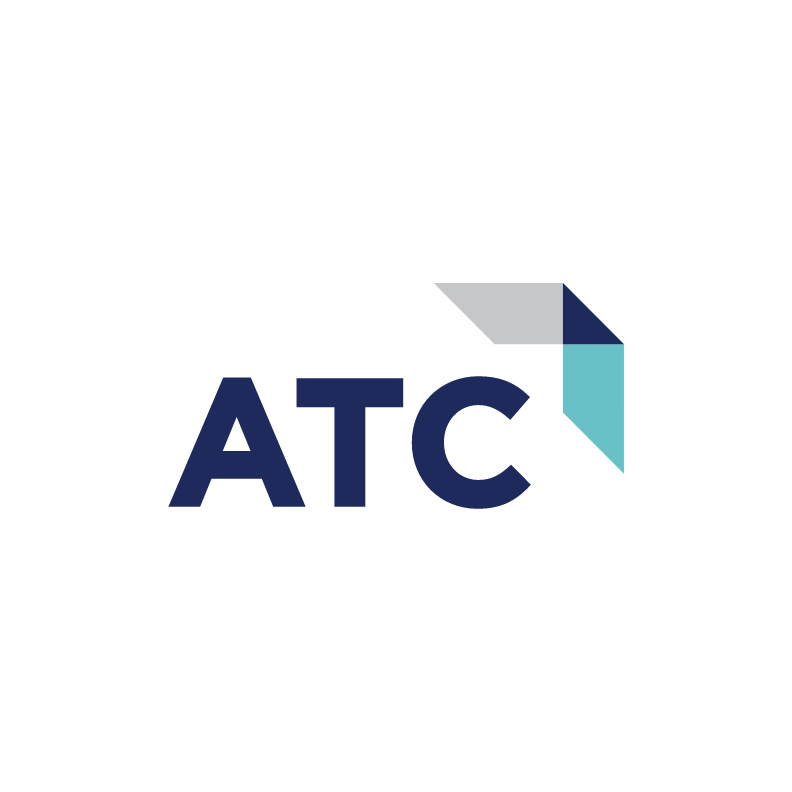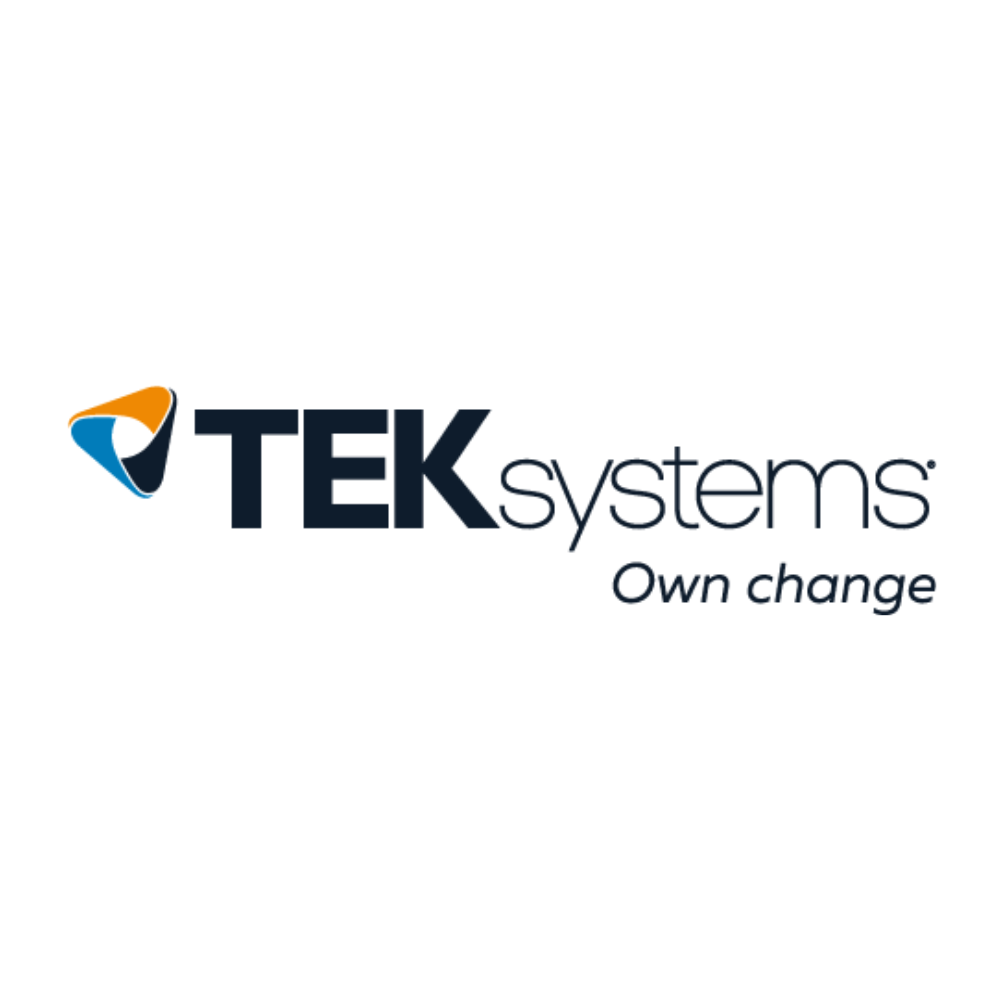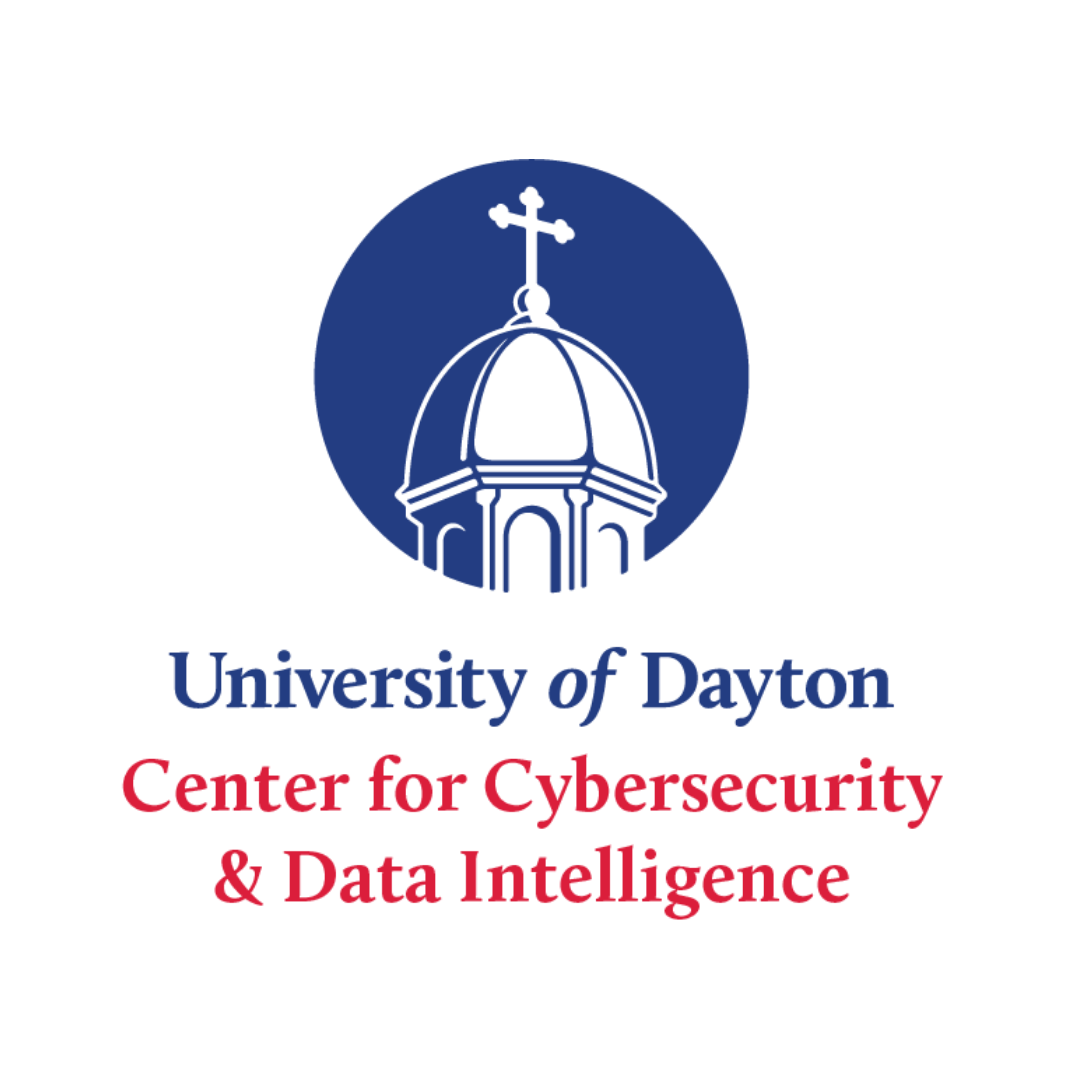
The technology industry is evolving rapidly, with cybersecurity and IT roles in high demand. Businesses across all sectors struggle to find skilled professionals to fill critical positions. Despite the abundance of opportunities, many talented individuals find themselves shut out—not due to a lack of qualifications but because of barriers unrelated to their technical abilities. Among the most overlooked are professionals with disabilities, who, despite meeting or exceeding job requirements, often face challenges securing interviews and job offers.
The Hidden Barrier: When Qualifications Aren’t Enough
At Phishbuster Academy, we frequently hear from students who have put in the effort to obtain the right credentials but still struggle to break into the field. There is one such student who recently came to Phishbuster Academy who truly stood out. This aspiring professional earned an associate’s degree in IT and even acquired CompTIA’s triple crown of entry-level certifications—A+, Network+, and Security+. By all accounts, this individual should be an ideal candidate for an entry-level IT or cybersecurity role. Yet, despite applying to numerous positions, he could not even secure an interview.
Unfortunately, his story is not unique.
Although this young man is fully capable and qualified for an entry-level IT position, he does have a disability. In a field that can be difficult to break into, for professionals with disabilities, they face additional barriers to employment often stemming from:
- Employer misconceptions about their capabilities.
- Rigid job requirements that do not accommodate remote or adaptive work setups.
- A lack of focus on skills-based hiring, leading to missed opportunities.
These obstacles prevent companies from accessing a talented pool of candidates who are fully capable of succeeding in IT and cybersecurity roles.
The Role of Remote & Adaptive Work Environments
One of the biggest misconceptions in hiring is that IT and cybersecurity positions require a traditional office setting. In reality, many roles in these fields are well-suited for remote work and can be adapted to accommodate a variety of needs. With the right tools and policies in place, professionals with disabilities can thrive in:
- Remote work environments, which allow for flexible scheduling and accessible setups.
- Adaptive technologies when needed, such as screen readers, voice-to-text software, and specialized hardware.
- Results-driven roles, where success is measured by skills and problem-solving ability rather than physical presence.
Despite these advantages, many companies remain hesitant to implement these hiring practices or invest in the necessary accommodations.
Consider the student mentioned earlier: He possesses the education, certifications, and motivation needed to excel in IT, yet he struggles to even get past the initial hiring stage. His experience reflects a broader industry issue that creates difficult barriers of entry. This highlights a crucial gap: while education and certifications lay the foundation, hands-on experience often serves as the missing piece.
How Employers Can Close the Gap
The IT and cybersecurity industries face a talent shortage, yet many capable professionals remain overlooked due to outdated hiring practices and misconceptions about disabilities. Companies that embrace adaptive hiring practices, flexible work environments, and skills-based evaluation will not only tap into a wealth of underutilized talent but also foster a more diverse and innovative workforce. It’s time for the industry to break these barriers and open doors—because talent should be recognized, not overlooked.
To bridge this divide and create more opportunities, companies can consider:
- Adopt skills-based hiring: Focus on an applicant’s actual technical abilities.
- Implement flexible and remote work policies: Make accommodations that enable all employees to perform at their best.
- Support internship and job simulation programs: Provide structured, hands-on opportunities that allow these professionals to gain real-world experience.
When faced with a candidate who has the education and certifications that highlight his intellectual abilities and foundational understanding of key concepts, the only thing left to do is prove that they have the technical abilities to do the job. But how can this develop if no entry-level positions are offered? That’s where job-simulated programs become a game changer.
The Path Forward
That brings us to the next steps…where do we go from here? It’s not overly complicated, the path forward is essentially giving these candidates an opportunity to complete hands-on projects that simulate real-world job responsibilities. Adding in that last piece of the puzzle, projects that can highlight their technical experience and abilities. Especially in a state like Ohio, where programs like Tech Cred can make this type of training a reality by eliminating what is often a big concern – cost.
Justin LeBrun is the VP of Operations at Phishbuster Academy, an organization dedicated to providing hands-on cybersecurity training and real-world experience through job-simulated labs. With a passion for bridging the skills gap, he works to ensure aspiring professionals have the opportunity to build successful careers in IT and cybersecurity.














.png)




